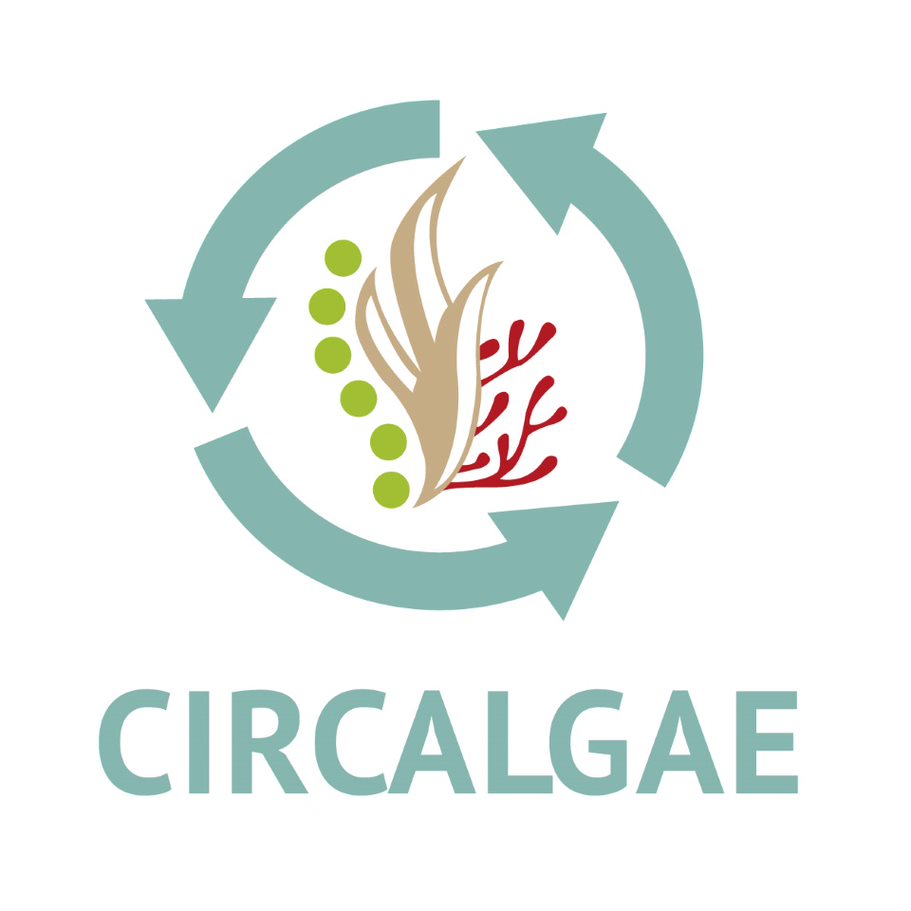News Items - International Association of Packaging Research Institutes
| IATA, Spain, evaluates algae for packaging Spain’s Institute of Agrochemistry and Food Technology (IATA-CSIC) has said that its work on a major European project looking at algae applications in food and feed could also lead to new formulations for packaging.  IATA has been working with producers of algae since 2018, says deputy director Amparo López. “We saw that the processes for obtaining phycocolloids, such as agar and alginates, which are typically used as food texturisers, are well-established,” she tells IAPRI. But these techniques typically leave around 70% of the algae as a residue. IATA has been working with producers of algae since 2018, says deputy director Amparo López. “We saw that the processes for obtaining phycocolloids, such as agar and alginates, which are typically used as food texturisers, are well-established,” she tells IAPRI. But these techniques typically leave around 70% of the algae as a residue. Last year, the EU Horizon CIRCALGAE project was launched. Here, IATA’s Packaging group is one of 21 partners working to valorize algae waste streams into high-value products. It also aims to develop more sustainable biorefineries, optimizing the pre-treatment, extraction and downstream processes. Last year, the EU Horizon CIRCALGAE project was launched. Here, IATA’s Packaging group is one of 21 partners working to valorize algae waste streams into high-value products. It also aims to develop more sustainable biorefineries, optimizing the pre-treatment, extraction and downstream processes.In terms of products, while the project’s focus is chiefly on feed, food and cosmetic ingredient applications, IATA’s Packaging group is, understandably, eyeing other opportunities. Up to now, at an industrial scale, algae has been used to obtain pure phycocolloids, such as agar, alginate or carrageenan. In the past, the IATA group has demonstrated that by simplifying extraction processes, less purified phycocolloids can be obtained, with additional functionalities which may be useful for certain applications. Agar, for instance, has film-forming properties but, in its purest state, is extremely hydrophilic. “A less purified form of agar, containing some proteins, polyphenols and pigments, has antioxidant properties and does not swell up in high humidity – it’s more hydrophobic,” says López. “Agar producers are interested in packaging applications using a less purified form of agar, and perhaps the residual cellulose,” she explains. “I don’t see them serving food packaging applications. We’re trying to create a more economically-viable product, which will probably not be transparent. But it may work with single-use packaging applications which can then be composted. In fact, it would actively benefit the soil.” Given that algae-derived films can exhibit some ultraviolet-protective characteristics, another use could be as degradable agricultural mulch films. IATA says it will carry on exploring packaging opportunities with algae products. “At some point, we will want to involve packaging companies to ensure they can scale up the formulations,” says López. CIRCALGAE held its second general assembly in Valencia in April, with IATA hosting one of the two days. Published: 05/12/23 |